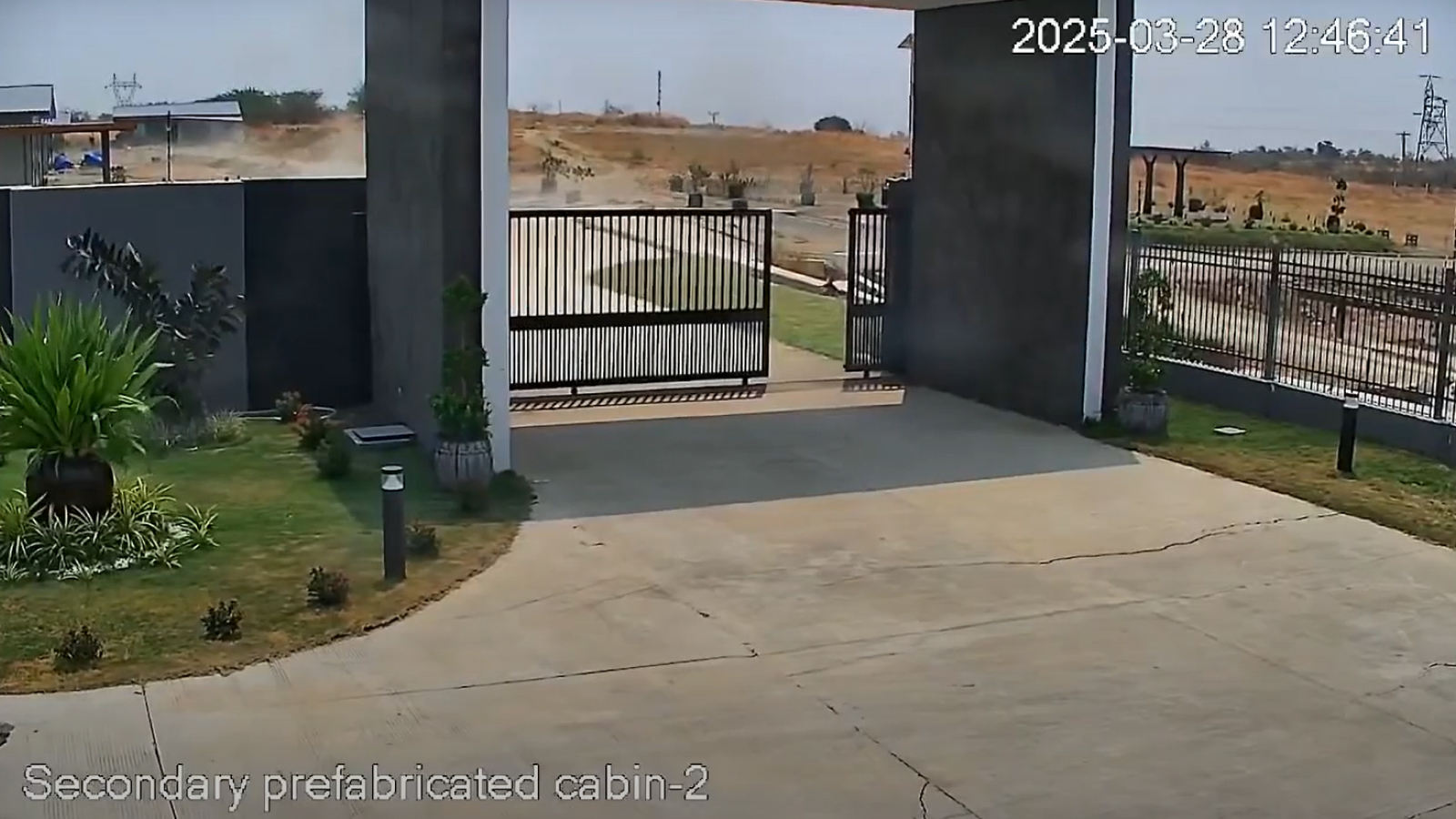More Winter? Punxsutawney Phil Sees His Shadow

On a local hillside called Gobler's Knob in Punxsutawney, Penn., a roly-poly rodent named Phil has announced six more weeks of winter, that is, the groundhog has seen his shadow today (Feb. 2), Groundhog Day.
Every year, the Punxsutawney Groundhog Club rises early with their charge and takes Phil the groundhog, who usually lives in an enclosure in the Punxsutawney Memorial Library, to Gobbler's Knob for the weather-prediction ceremony. This year is Phil's 126th prognostication. And while the weather may not seem to support his forecast, with winter seemingly non-existent in much of the United States. So far, the 2011-2012 winter has averaged warmer than normal, with temperatures in much of the Northeast averaging at least 5 degrees Fahrenheit above normal, according to the Northeast Regional Climate Center at Cornell University.
And the global average surface temperature in 2011 was the ninth warmest since 1880, according to NASA scientists.
In addition to a step outdoors, sans any snow or much chill in the air, there may be other reasons to believe Phil could be wrong. Though Phil's supporters insist that he's preternaturally accurate at predicting winter's duration, statistics don't quite bear out that claim. According to the Groundhog Club's records, Phil has predicted 99 long winters and 15 early springs, with nine years of records lost. Those predictions have been right only 39 percent of the time — 36 percent if you look at post-1969 predictions, when weather records are more accurate.
Get the world’s most fascinating discoveries delivered straight to your inbox.

